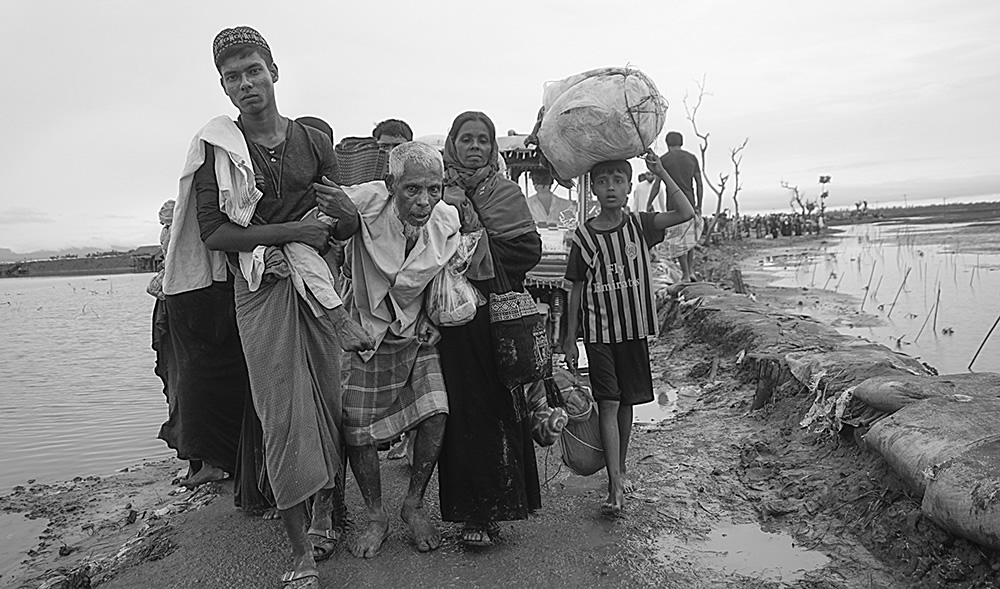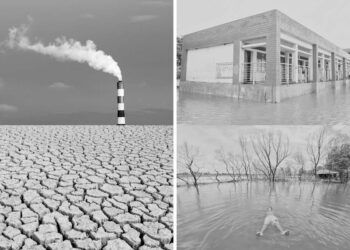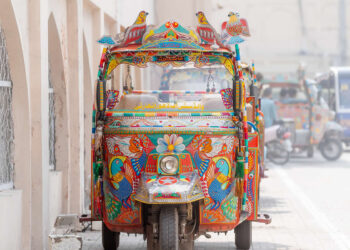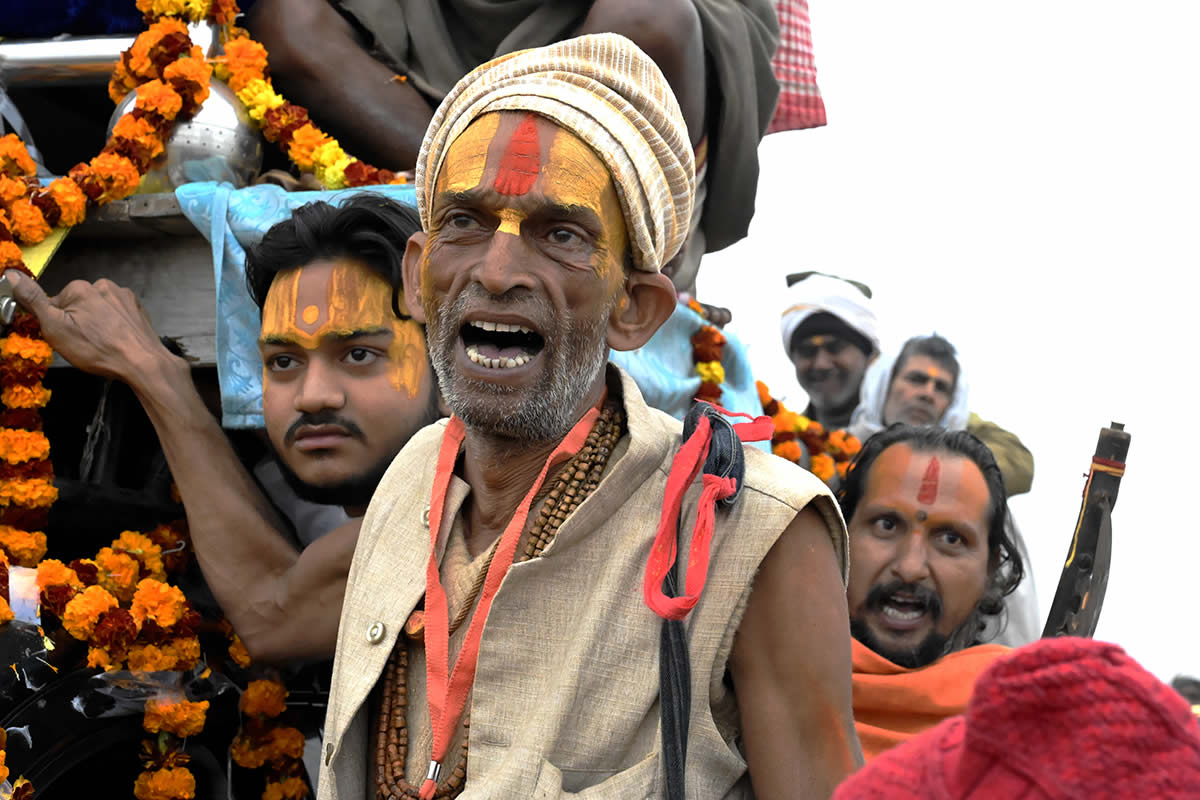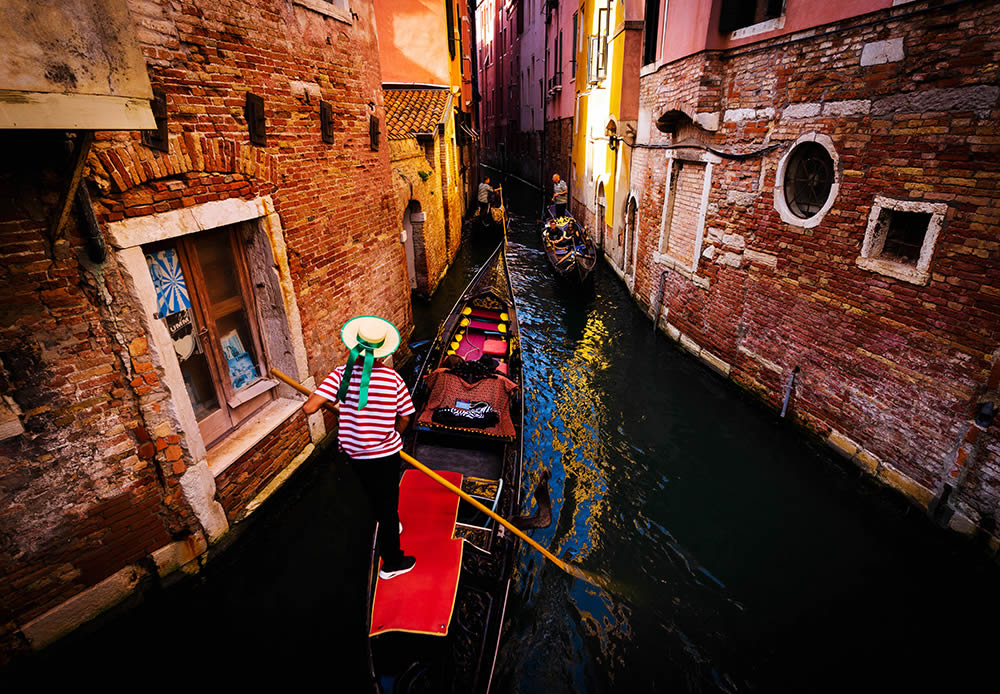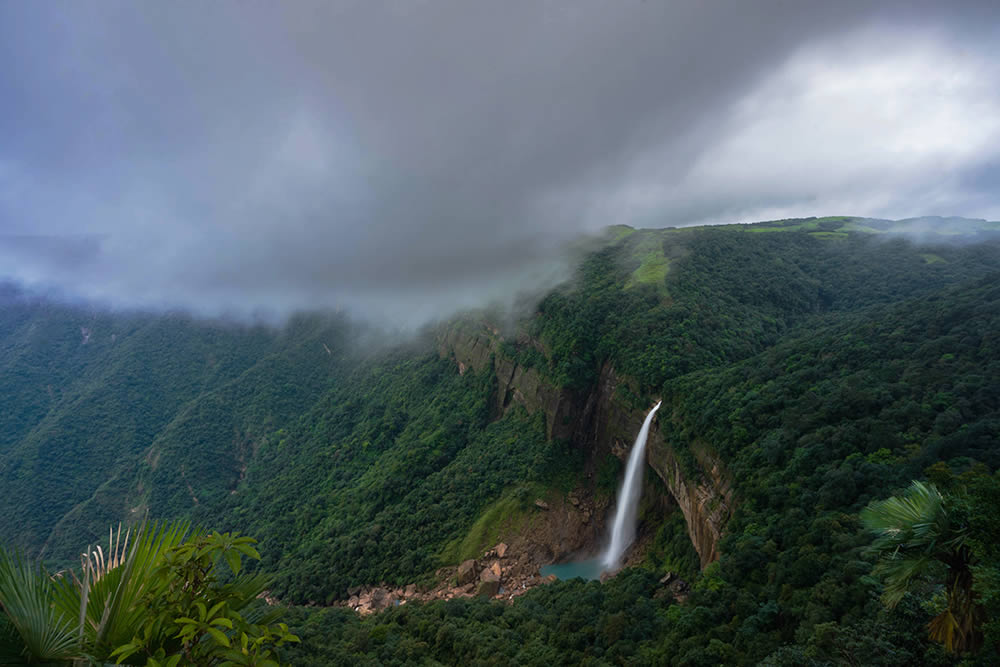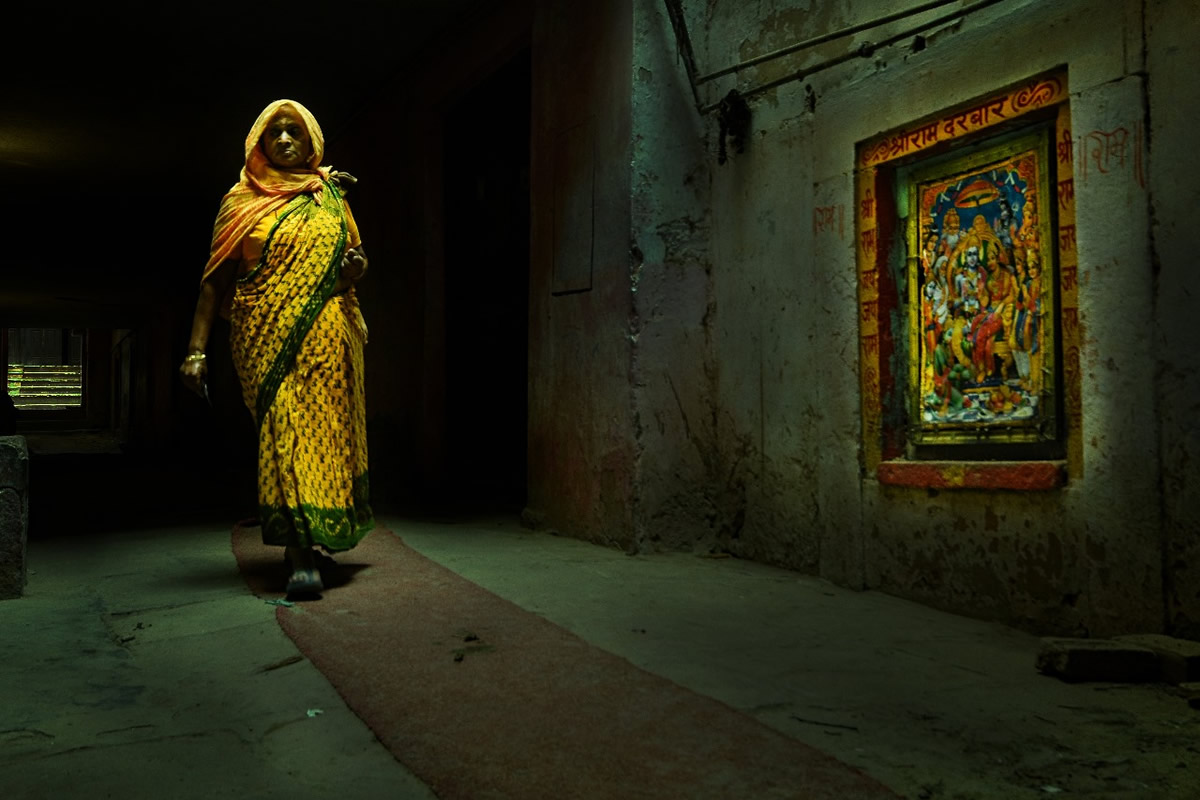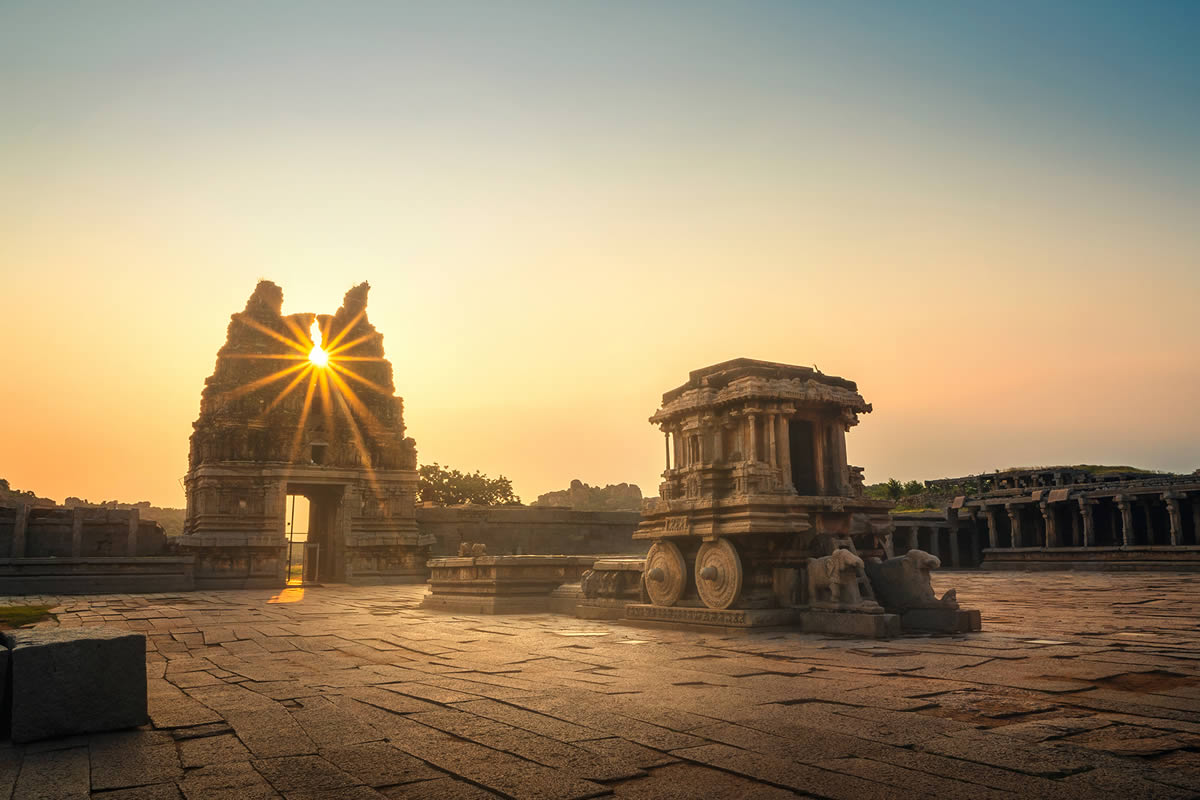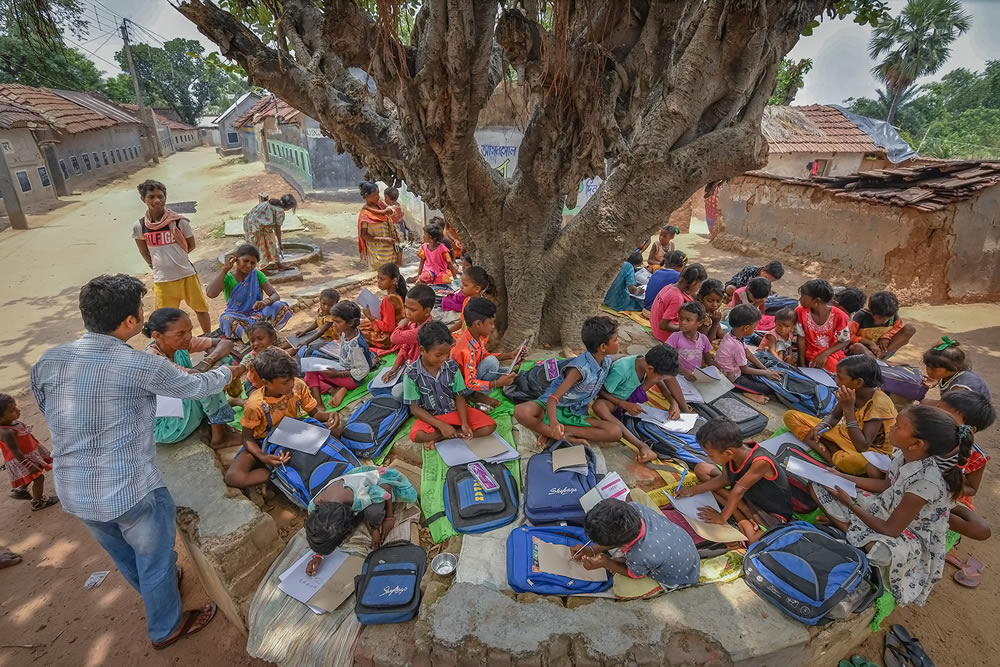There is a narrative that when your tummy is filled up with foods and you have a roof up of your head, you need not to be worried. But is this narrative appropriate for the landless fled people like Rohingya refugee community in Bangladesh?
Apparently, we, the civil society know the Rohingya refugee crisis from decades. Ethnic minorities of Rohingya have historically been excluded from the mainstream. Exclusions acted as humiliation such as prejudice, discrimination, stigmatization, derision, and deprivation. Humiliation toward this community reached an extent that it went beyond the level of tolerance. These consequences compelled them to escape from their stateless motherland. Thousands of Rohingya fled to Bangladesh in different periods mainly in the late 1700s and early 1800s, the 1940s, 1978, in 1991and 1992, and most recently in September 2017. In recent periods nearly 800,000 Rohingya escaped into Bangladesh and now the country caring over 1 million Rohingya people.
Now it is a burning issue for Bangladesh as well as for international that shakes our consciences about humanity concerns. This inhumane distressful refugee life drew my attention as individual beings and also as photographers. I went to them in the southern part of Bangladesh located Ukhiya-Teknaf-Sahporir Dwip where they push-in from Myanmar. After their massive influx had started in 2017, I visited them several times and took images inside the camps where they were battling to live. No words to describe what my camera focused on the distresses of their life. New arrivals were sobbing for the basics of life. Crowds of people, children, men, and women were running after the trucks, snatching whatever they were getting. They were living anywhere they could manage a little space and the living conditions were so bad likely to spread diseases. Their deplorable destiny strikes me asking the question: where are they wanted? They know that they are not wanted anywhere. Only the existence, survival is the first. I tried to touch that pain of uncertainty and their appeal towards life by these photographs where portrayed the unheard songs of the stateless innocent people, their dreadful journey, their substantial hazards, friendship among inhabitants in the camps, their positive look, struggle for life, darkness and many more momentums.
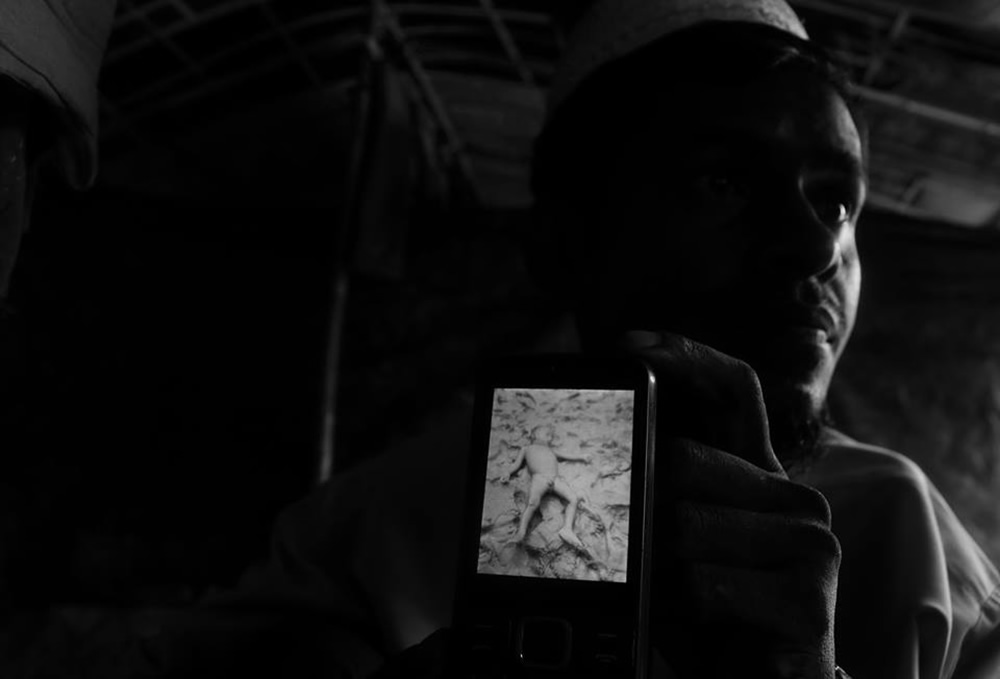
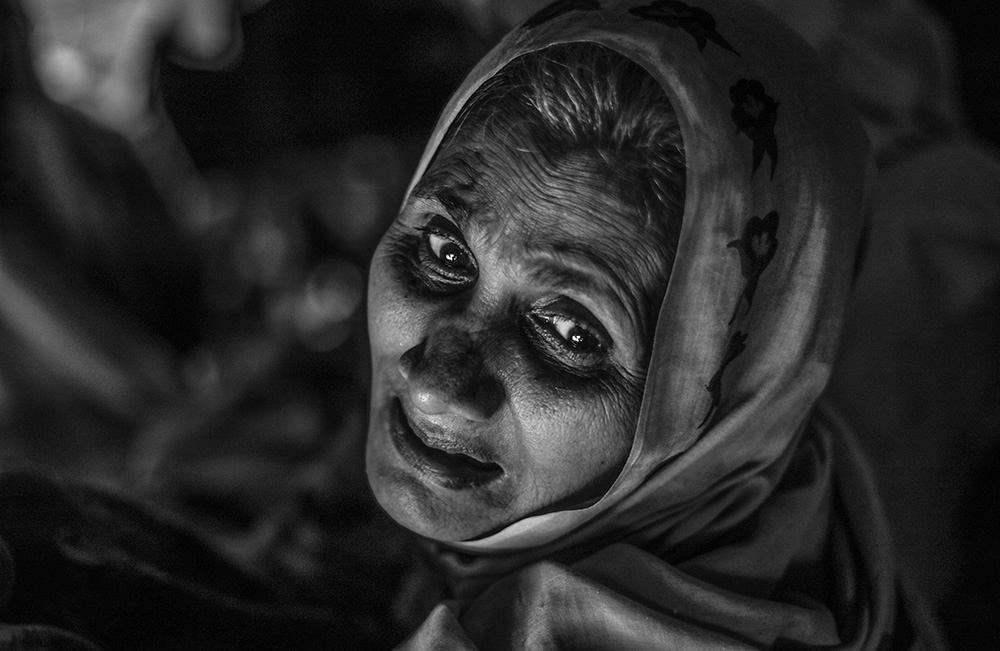
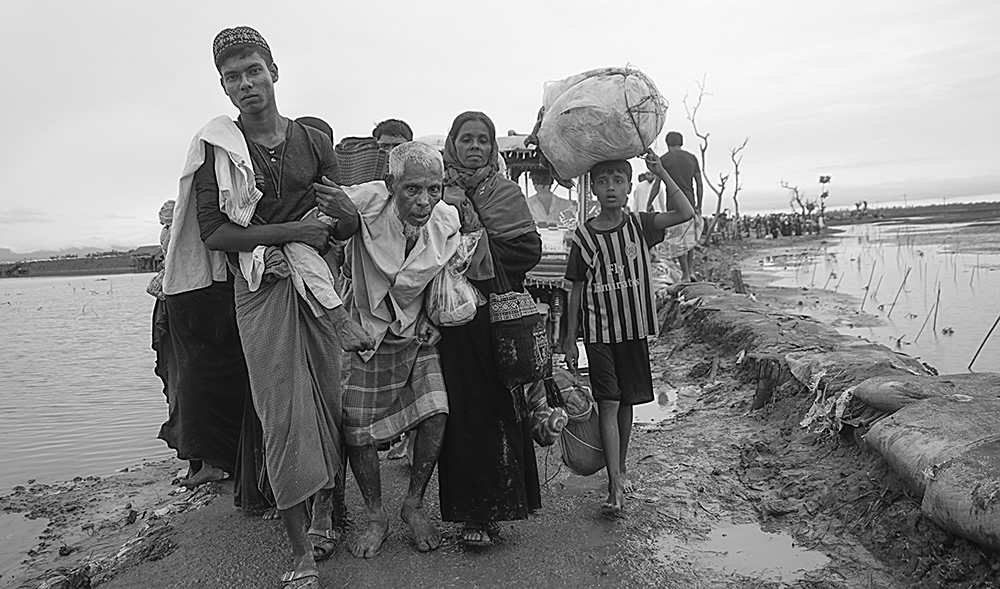
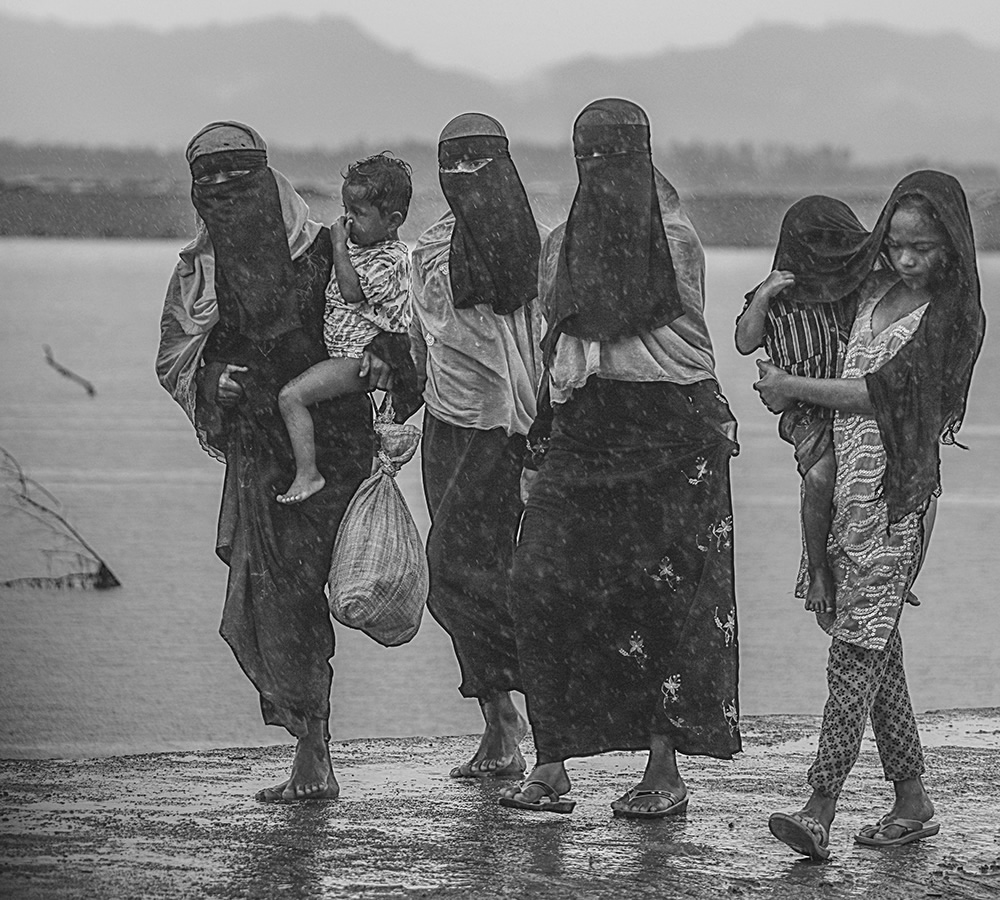
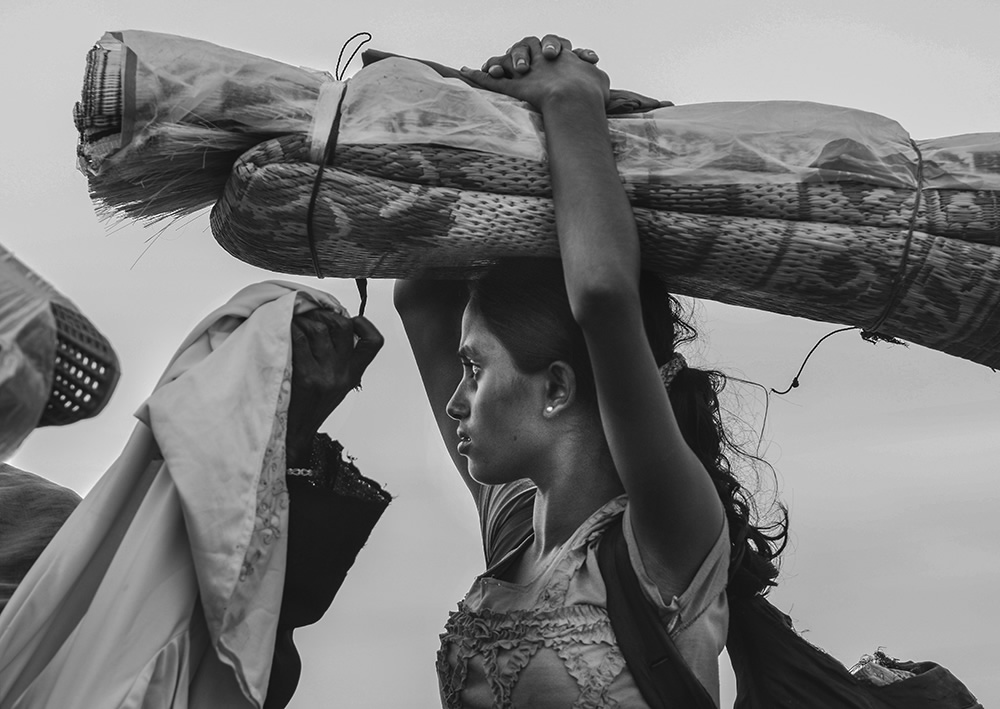

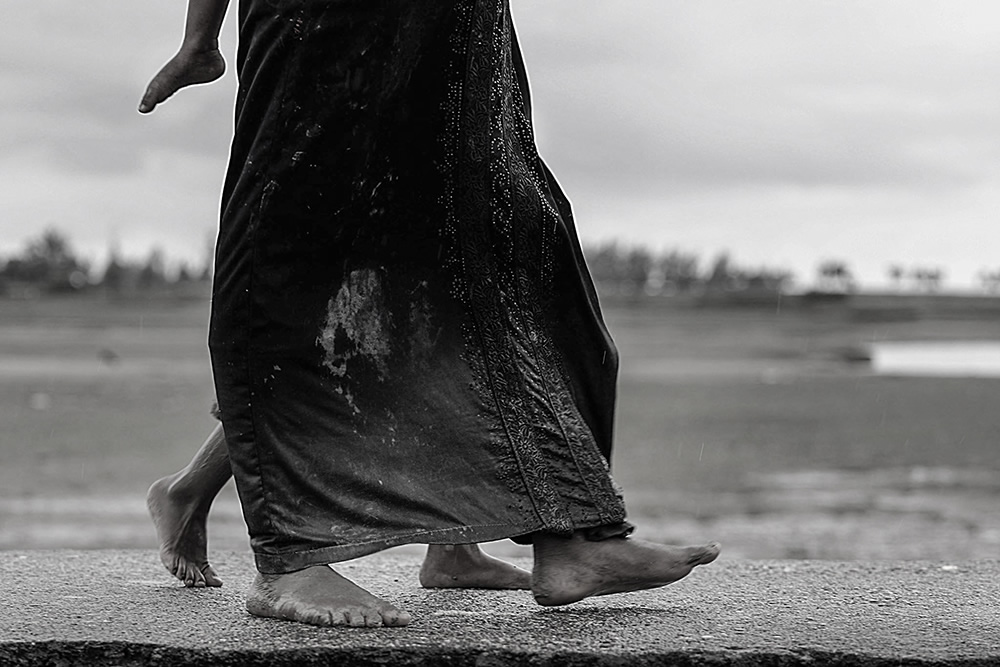
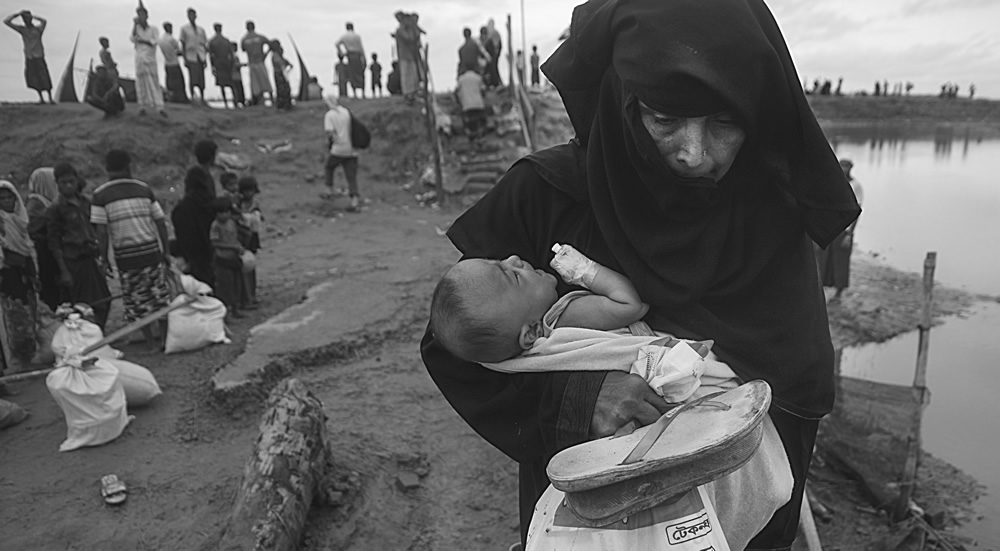
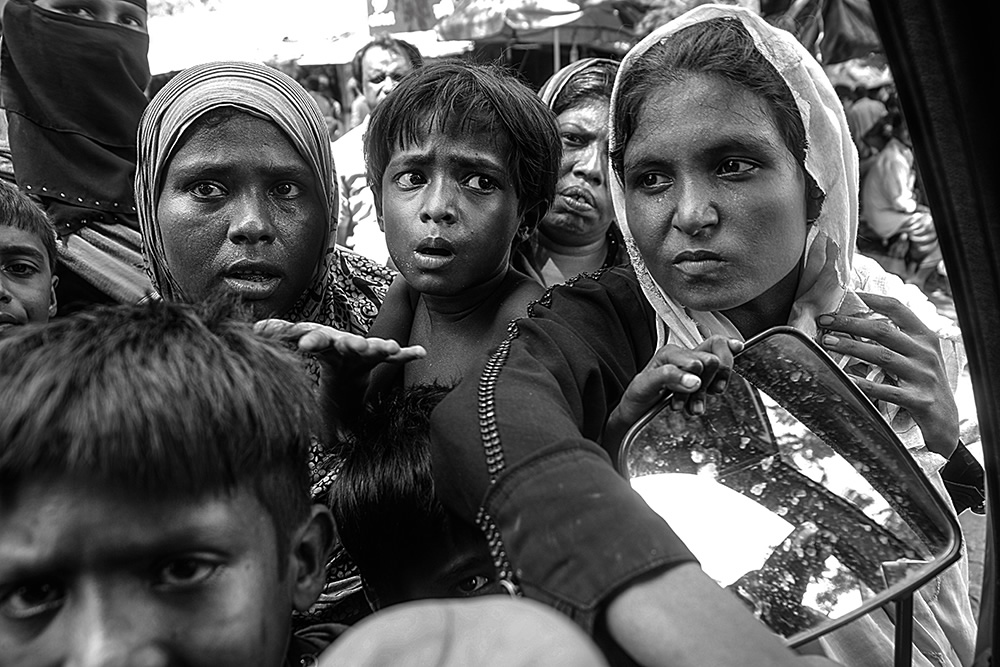
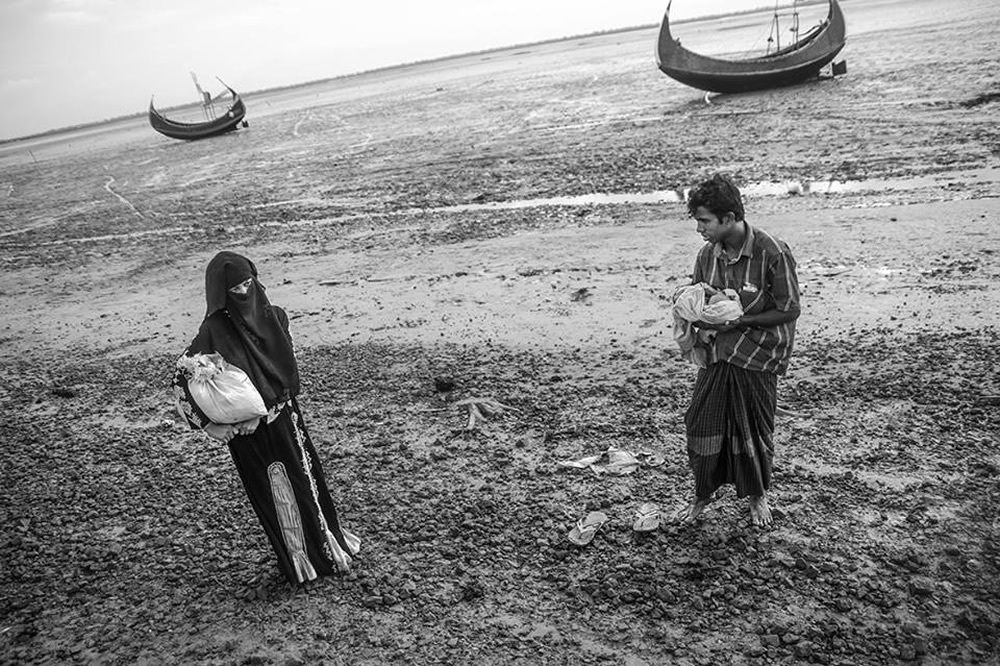
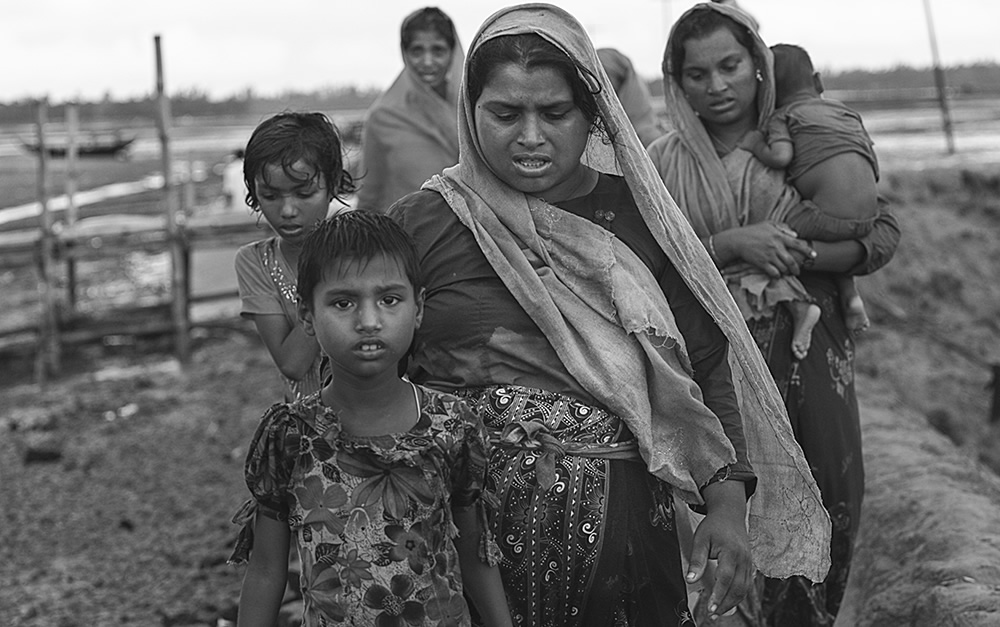
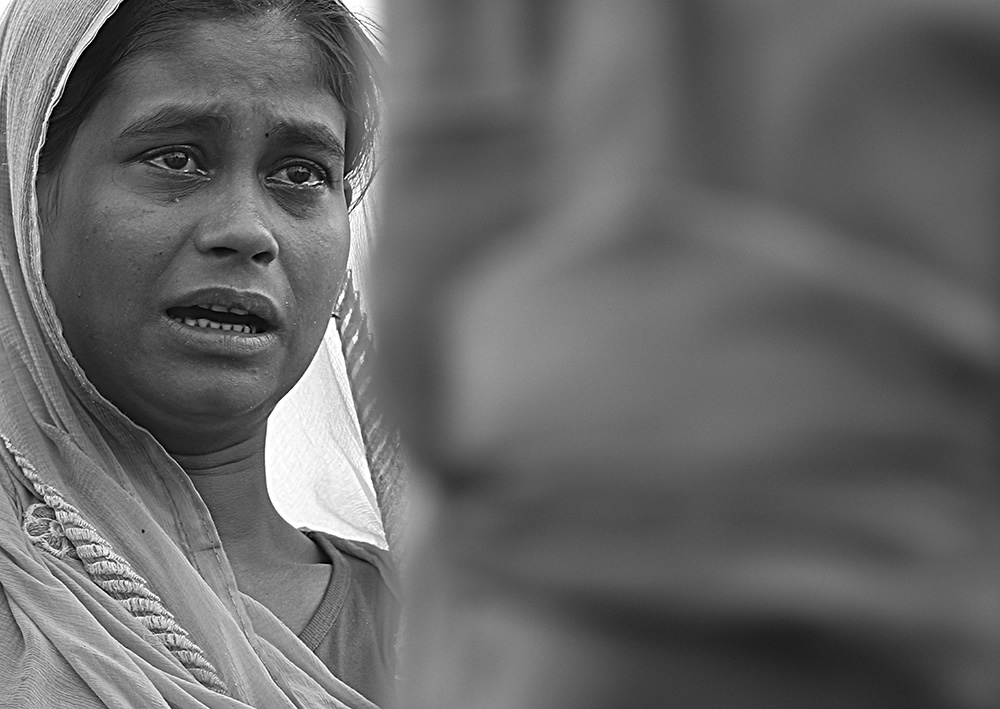
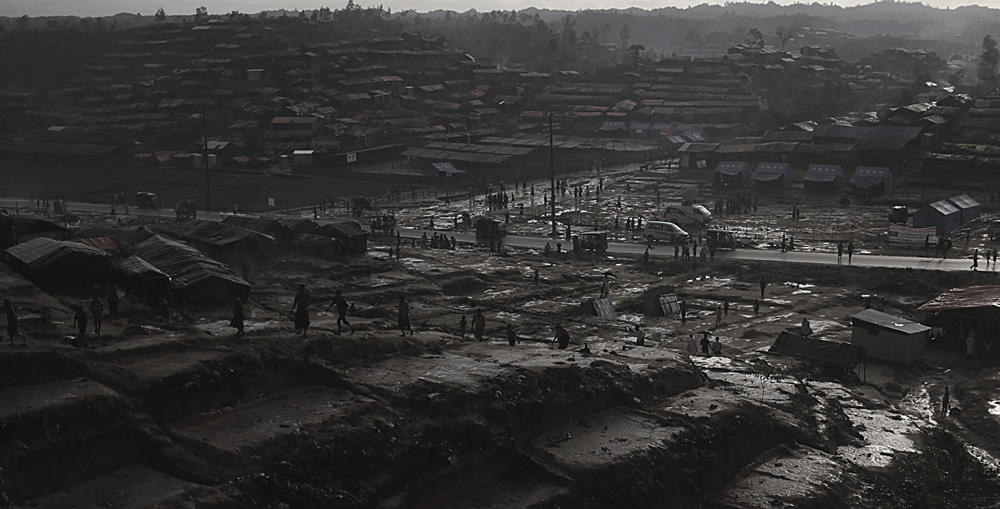
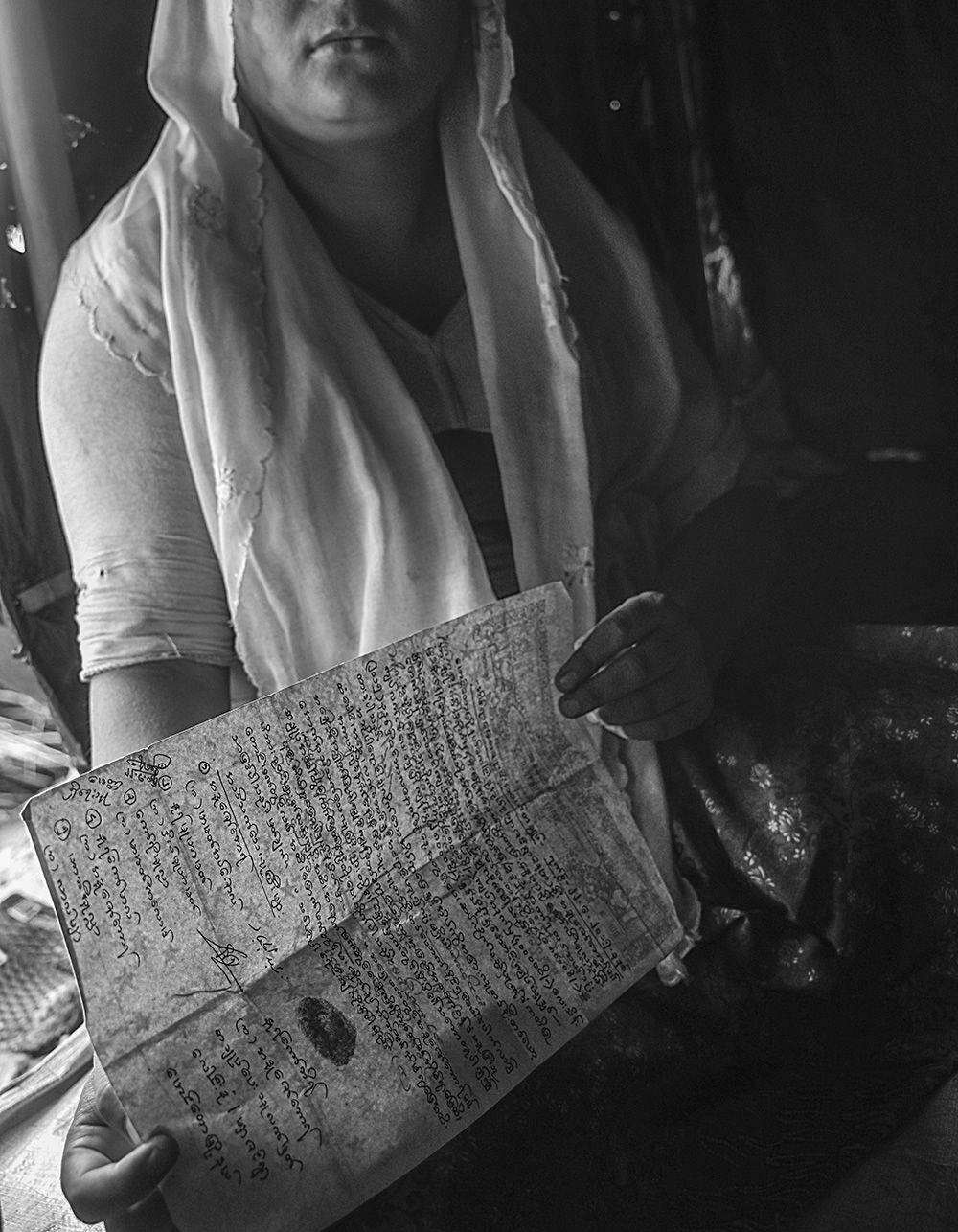
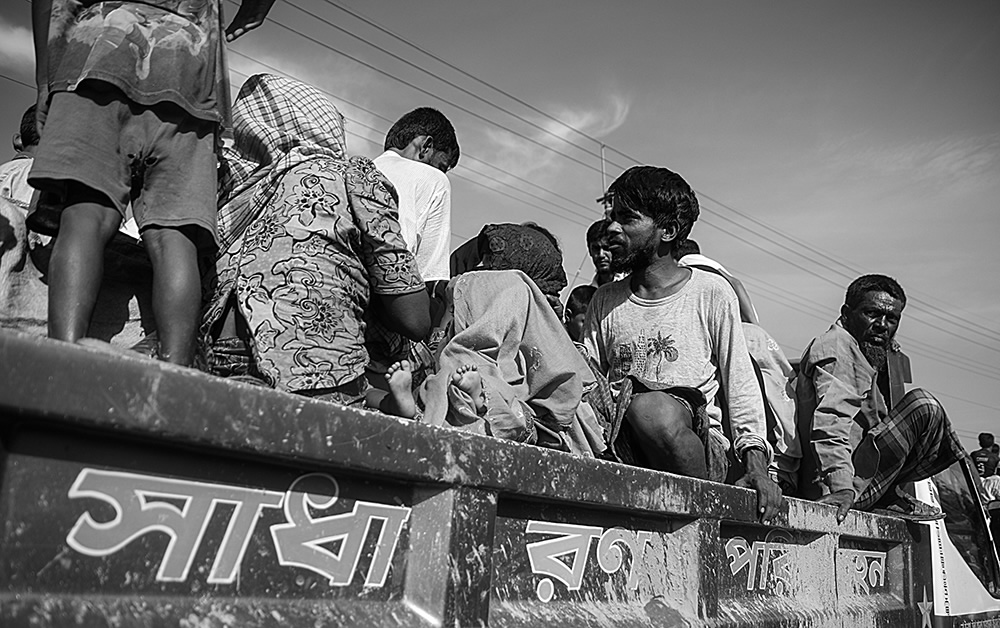
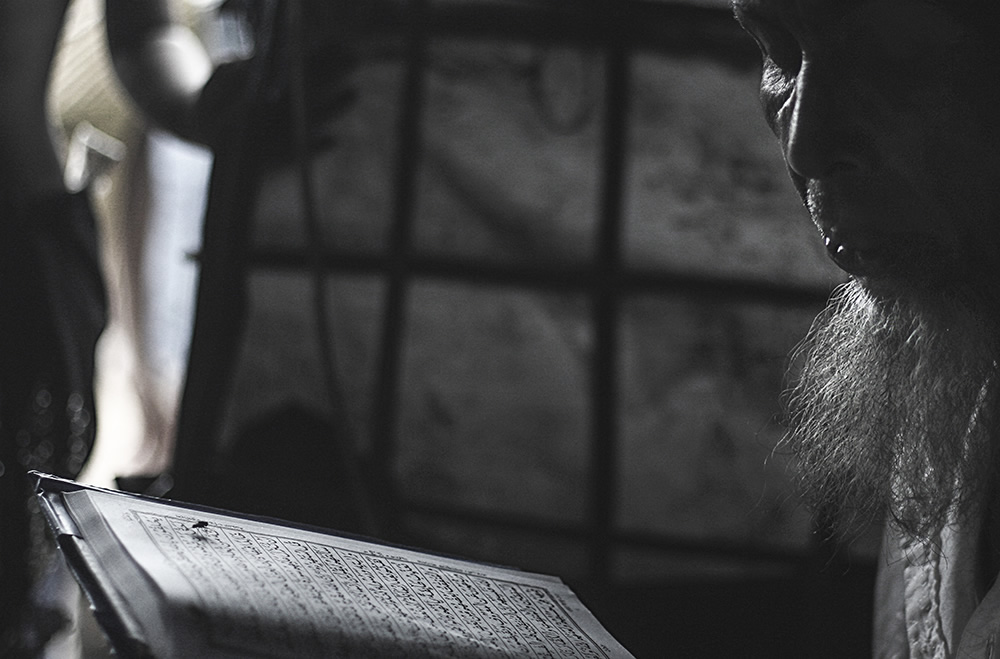
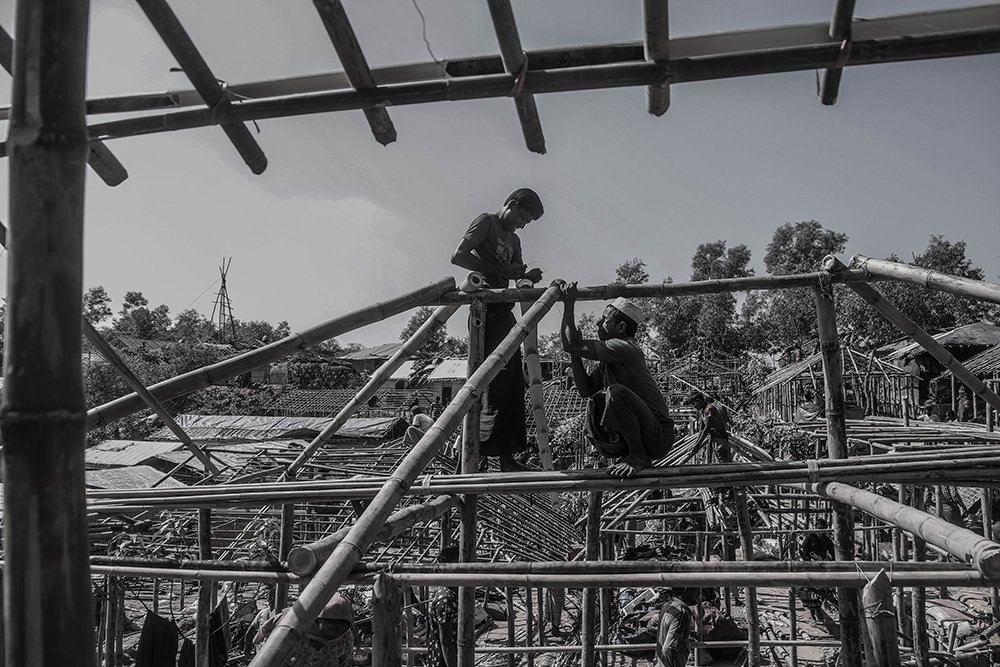
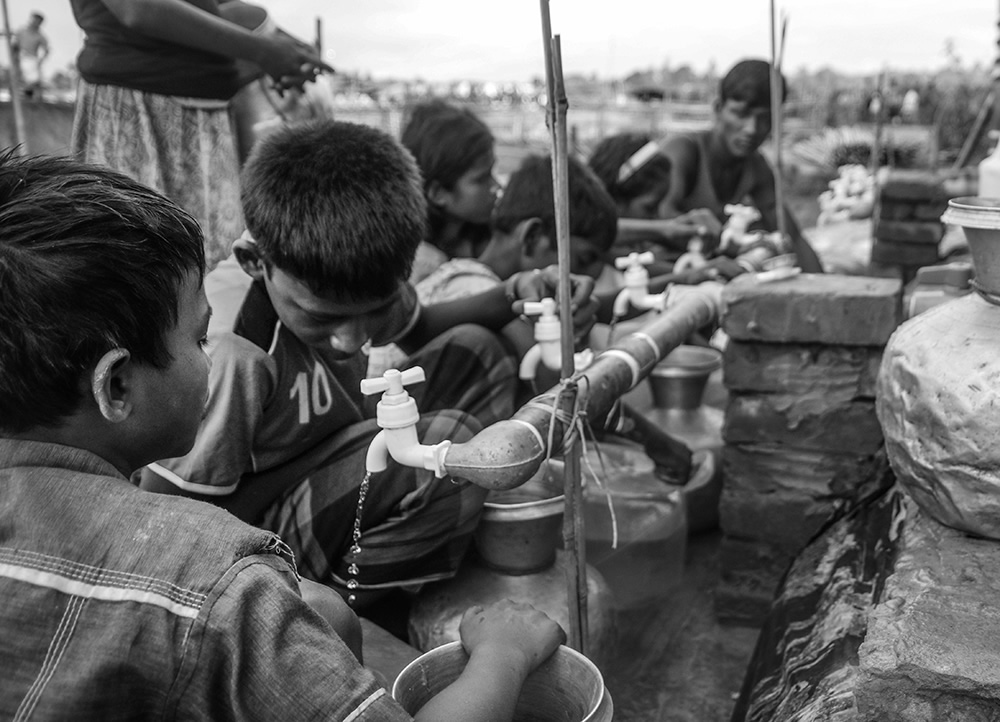
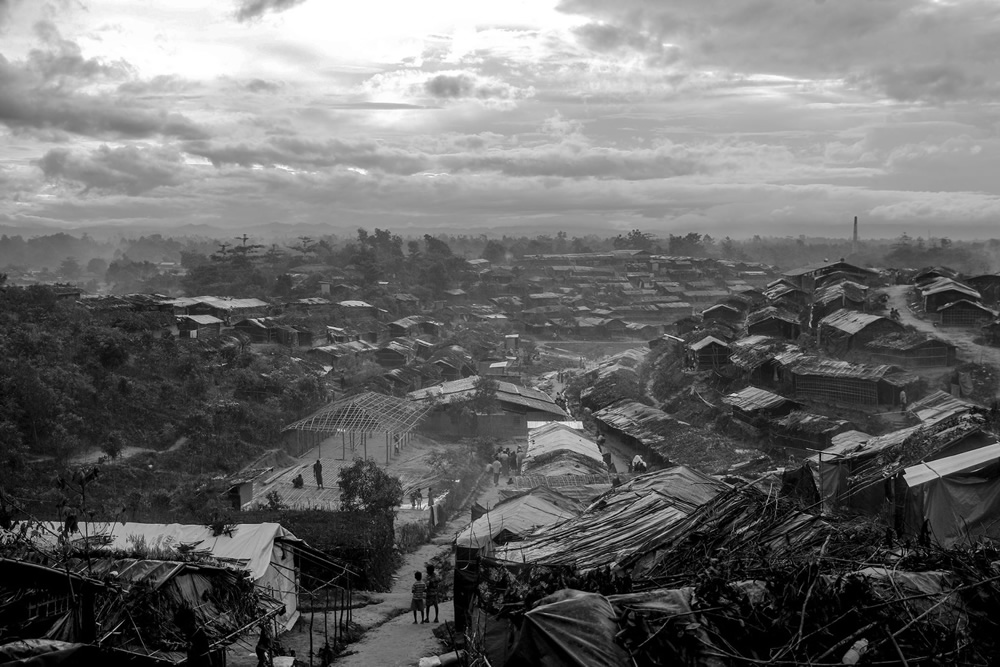

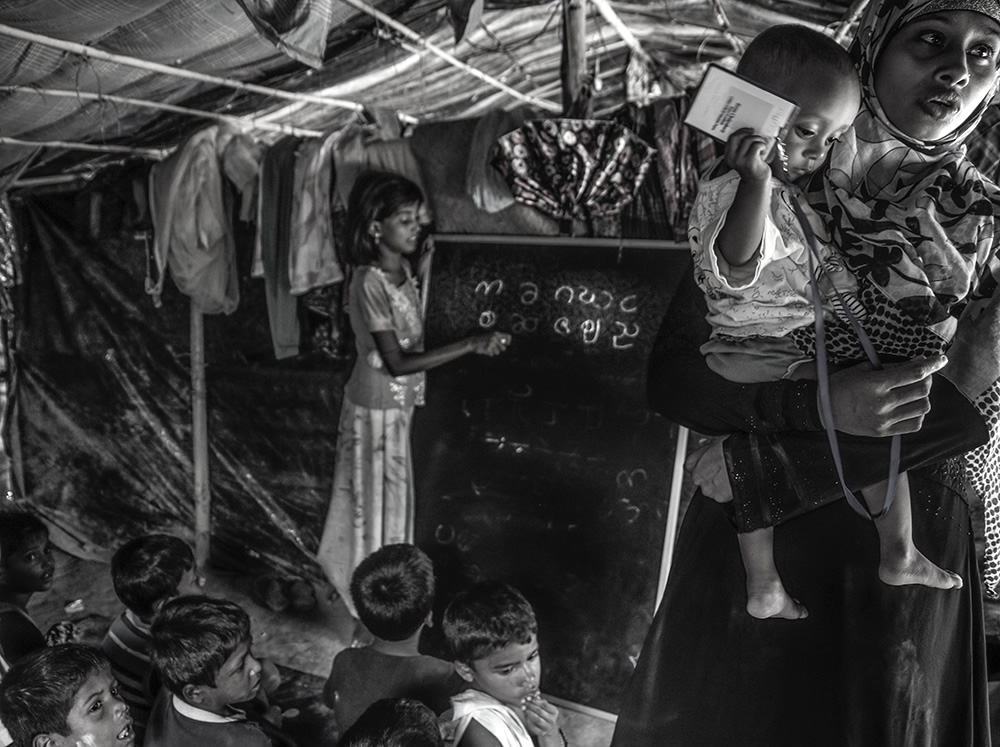
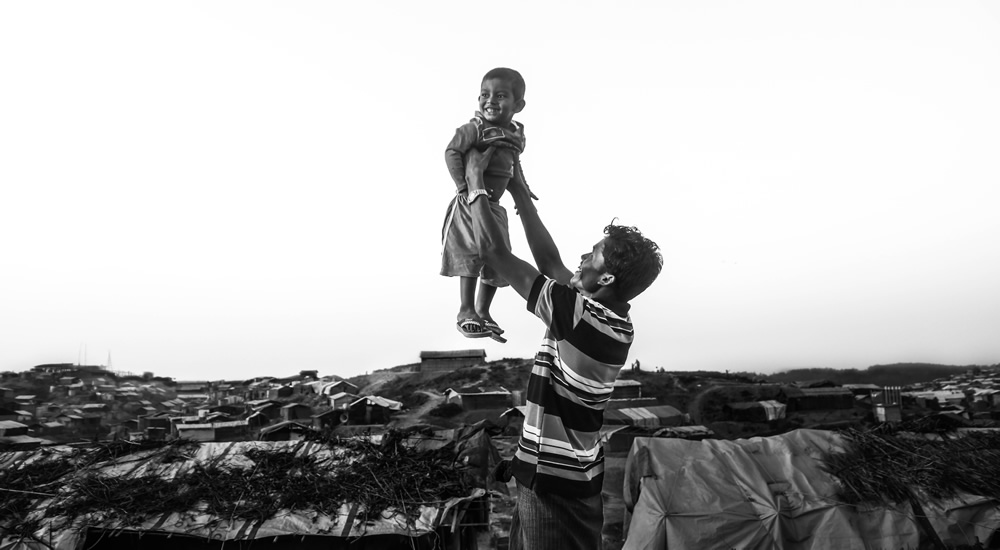
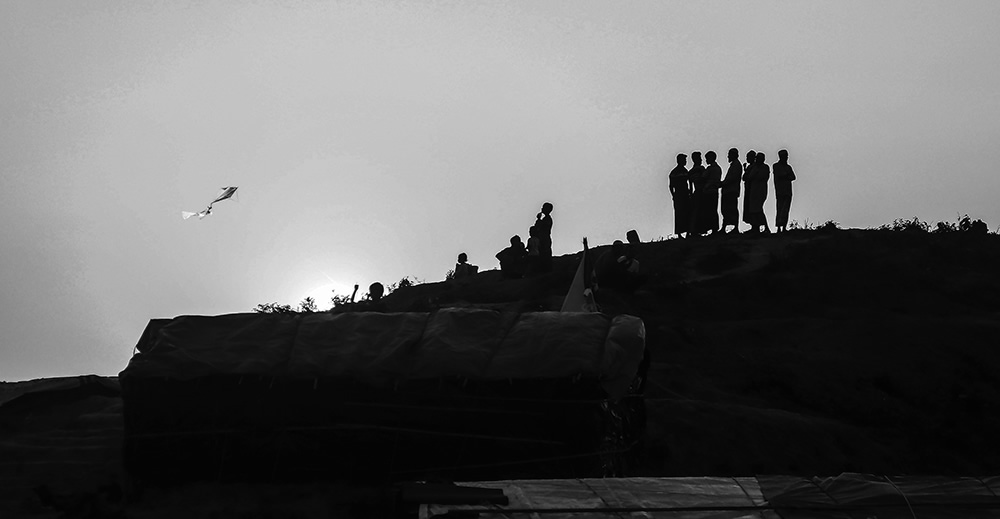
About Asma Beethe
Basically a poet, also her keen interest in photography is to portraying life and culture along with the heritage of ethnic minorities of Bangladesh. As well change of alluvial land, hilly village of Chittagong Hill Tracts and terminal people also in her curiosity.
She has been always interested in photos. She was intrigued by photos because she felt that she could hold an instant of time, of emotion, a memory right in her hand. Over the last few years, photography has helped her to live life a lot better and completely change her perspective on the world. Asma enjoys photography because it has caused her to fall in love with light and see the world around her with fresh eyes every single day.
Ms. Beethe completed her MS degree in Public Administration from the University of Chittagong. Later she did basic photography course from Pathshala, a South-Asian school of photography of Bangladesh. She is fascinated with portrait photography. But her interest widens in other genres of photography along with nature photography, theatrical performance, movie stills, product photography, etc.
She is working with several national and global NGOs and private organization as a freelancer, such as Save the Children Bangladesh, CARITAS Bangladesh, UNDP, ActionAid Bangladesh, Bangladesh Institute of Theater Arts (BITA), The Dhaka-Mercantile Bank Limited, Well Group, N Mohammad Group, etc. Also, She did movie stills, both feature film and short film. Couple of her photographs and photo-story appeared in leading dailies in Bangladesh.
Exhibitions:
- Annual Photo Exhibition of Pathshala, 2013, Chittagong, Bangladesh
- Annual Photo Exhibition of Pathshala, 2014, Chittagong, Bangladesh
- Bangladesh: Promise & Possibilities’, Azadi-Footographia 1st Photo Festival Exhibition, 2015, Chittagong, Bangladesh
- Annual Photography Exhibition of Chittagong Photographic Society, 2015, Chittagong, Bangladesh
- The Influx Passage, 2018, at Boi-Chitra Gallery, Kolkata, India
- Ecstasy of Harmony, 2019 at Indigenous Cultural Institute, Rangamati, Bangladesh
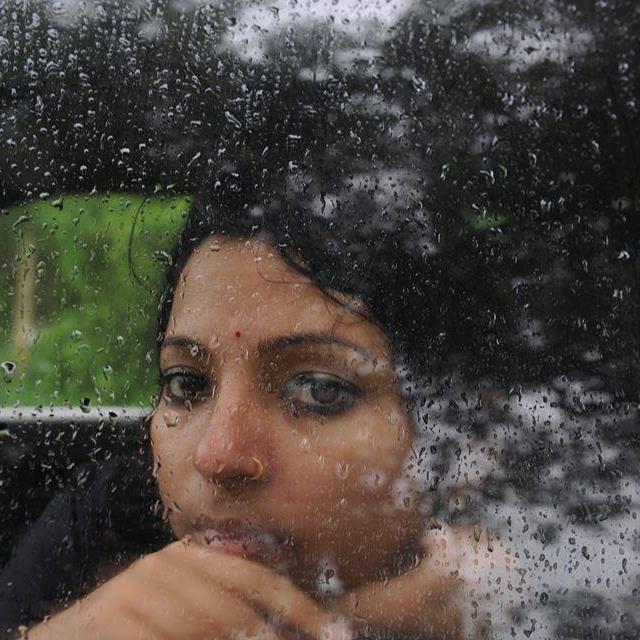
You can find Asma Beethe on the Web:
Copyrights:
All the pictures in this post are copyrighted Asma Beethe. Their reproduction, even in part, is forbidden without the explicit approval of the rightful owners.

